CONTINUING FROM LAST MONTH’S TRAVEL TRAIL BY AIDHA CADER, WE FOLLOW HER JOURNEY ACROSS THE SACRED HEARTLAND OF SRI LANKA, REFLECTING UPON THE MONUMENTAL ARCHITECTURE, ART AND COLOSSAL IRRIGATION PROJECTS THAT WENT ON TO INSPIRE A DEEPLY DEVOUT NATION

SIGIRIYA
The morning was gloomy with heavy clouds hanging low. It had rained all through the night, adding to the anxiety I was feeling of our impending climb up the 200-metre monolithic, Sigiriya. After giving an inspirational pep talk to myself and a whole lot of caffeine, I decided to literally take it in my stride. The morning mist covered most of the rock, and the complex was relatively empty due to the pandemic and the rainy season in January.
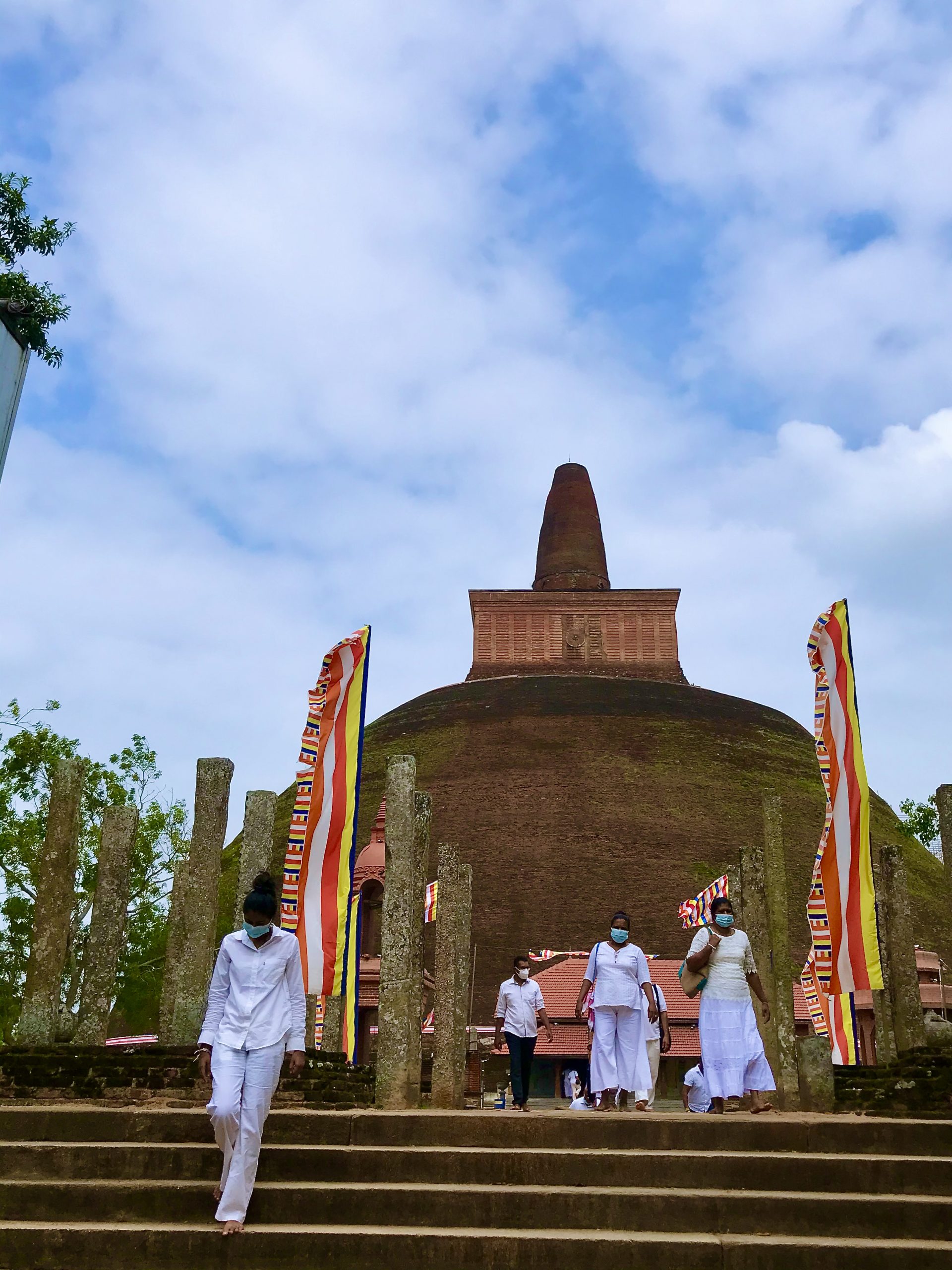
Built during the 5th century CE by the infamous usurper, King Kashyapa, Sigiriya or ‘lion mountain’ was, for a brief period, one of the most beautiful and splendid royal cities.
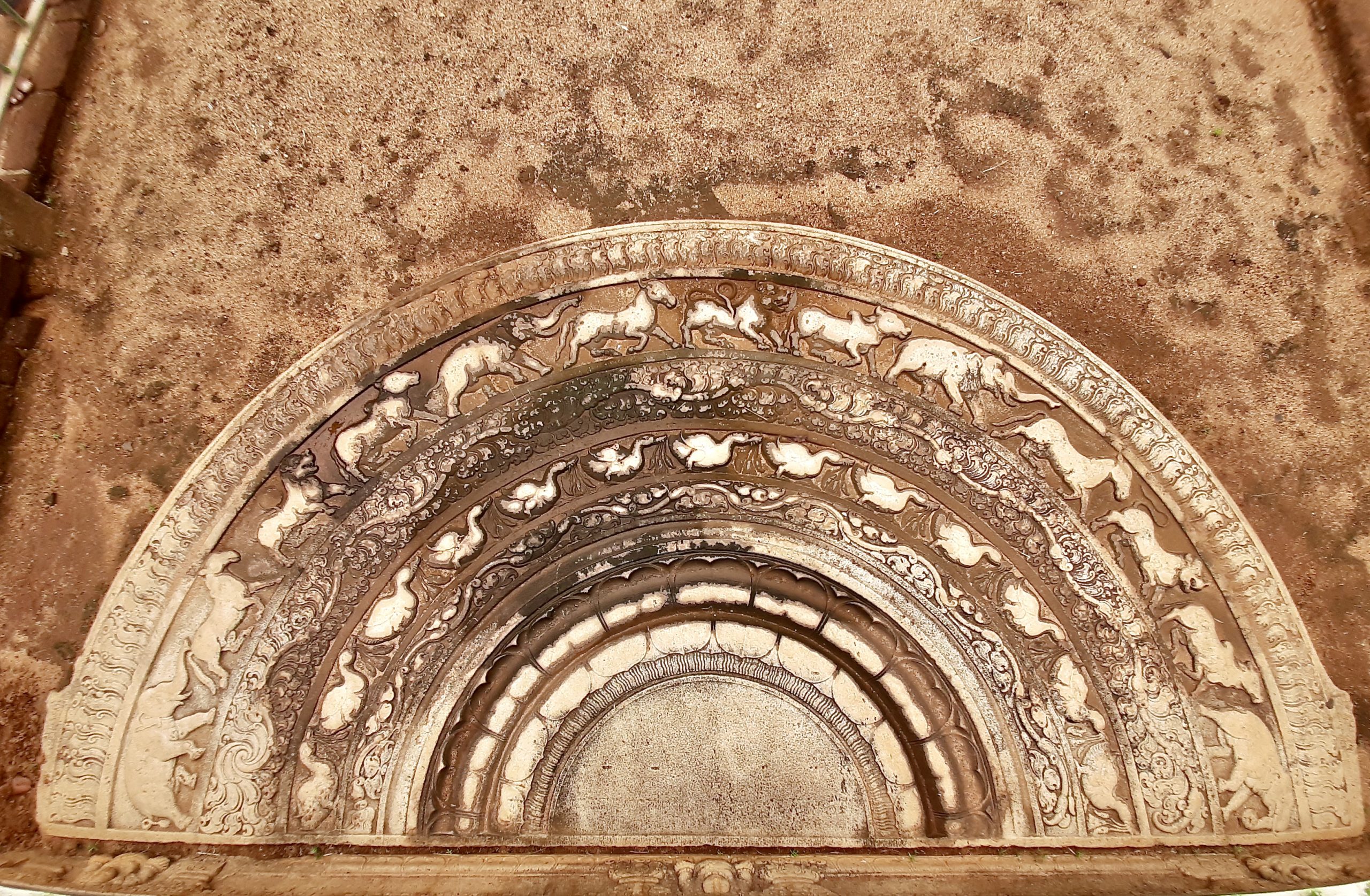
Its name comes from the great gateway, carved in the image of a colossal lion, which guarded the entrance of the fortress at the summit. It was built with natural elements interwoven in man-made structures and remains a wonder of the ancient world.
BUILT BY KASHAYAP’S FATHER, IN 460 CE, THE KALA WEVA CARRIES WATER TO THE TISSA WEVA IN ANURADHAPURA. SLIGHTLY HIGHER IN ELEVATION, IT DESCENDS EXACTLY SIX INCHES EVERY MILE, UNTIL IT REACHES ITS DESTINATION – A TESTAMENT TO THE SKILL OF ITS ENGINEERS BACK IN ITS DAY.

THE CLIMB UP
We started off leisurely, strolling along the pathway that led to the foot of the rock with water gardens on either side. The quadrilateral garden layout is designed after the Chahar Bagh model, executed with geometric precision, which would be used by the Mughals in India a millennium later. The whole system consists of an elaborate network of interconnected pools that are mechanised by gravity and pressure.

Deep and shallow ponds, combined with flowing water, fountains and island pavilions, create an aquatic symphony. It was wonderful to witness the ancient hydraulic system at work. The gardens serve as a grand entrance to the 1200 steps that lead up to the summit.
As we climbed, we noticed deep grooves cut into the boulders for rainwater to drip through and flow into the ponds below. We continued further up, taking a break every now and then to catch our breaths, and then passed through a steep and narrow spiral staircase that led to a sheltered depression on the west side of the rock. Straddling a hundred metres above the ground was the iconic mural wall, with its famous risqué artwork. Traditional colours – red ochre, yellow and green – mixed with oil emulsion, tempera and gum were painted onto the wet white plaster made of lime, mud, paddy husk and sand. It is believed that they depict heavenly apsaras, whilst some claim that these were the women from Kashyapa’s harem. Though only a fragment of its former glory remains, we, like everyone else who has gazed upon them for over 1600 years, were spellbound by its seductive charm.
THE CASTLE IN THE SKY
A few feet higher, we passed the mirror wall to reach the Lions’ paw. Discovered during the excavations of the site by HCP Bell, a British archaeologist in 1898, the structure was built with brick and had a staircase of limestone. Visitors to the King’s palace seemingly climbed the steps through the mouth of the lion. However, now, the final flight of stairs is made of steel and tightly hugs the bare rockface. The sides are so steep that the top of the rock overhangs from the base, and the staircase hangs off the cliff. Though terrifying, we nonetheless made it to the summit, and just like that, all the anxiety, wobbly feet and gasping for air were a thing of the past. We gazed upon a 360-degree panoramic view of jungles, gardens and far-flung cities. We walked around the ruins of various buildings, pleasure gardens, stone steps and pools spanning nearly three acres. It is here that the fabled palace in the sky once stood. In front of us, we witnessed the marble throne of King Kashyapa from where, fretting in paranoia, he looked upon the horizon for imminent threats.
As we descended, we noticed indents cut into the rock, where once the ancient bricks were laid to build up the monumental palace. Our attention was quickly distracted by a large group of agitated toque macaque monkeys, who were prancing to and fro, making us feel extremely nervous. Desperately trying to avoid crossing onto their path, we quickened our pace. There were a few cave monasteries along the way that once housed the monks who took up residences after the fall of Kashyapa. Back on flat ground, the rainclouds that kept intimidating us all day finally let out, dredging us completely. We made a quick dash to the Sigiriya Museum, which sheltered us from the downpour. The newly constructed museum is a beautifully laid-out building, with a treasure trove of artefacts, original photographs of HC Bell’s excavation and reproduced mural paintings – a wonderful way to wrap up the tour.
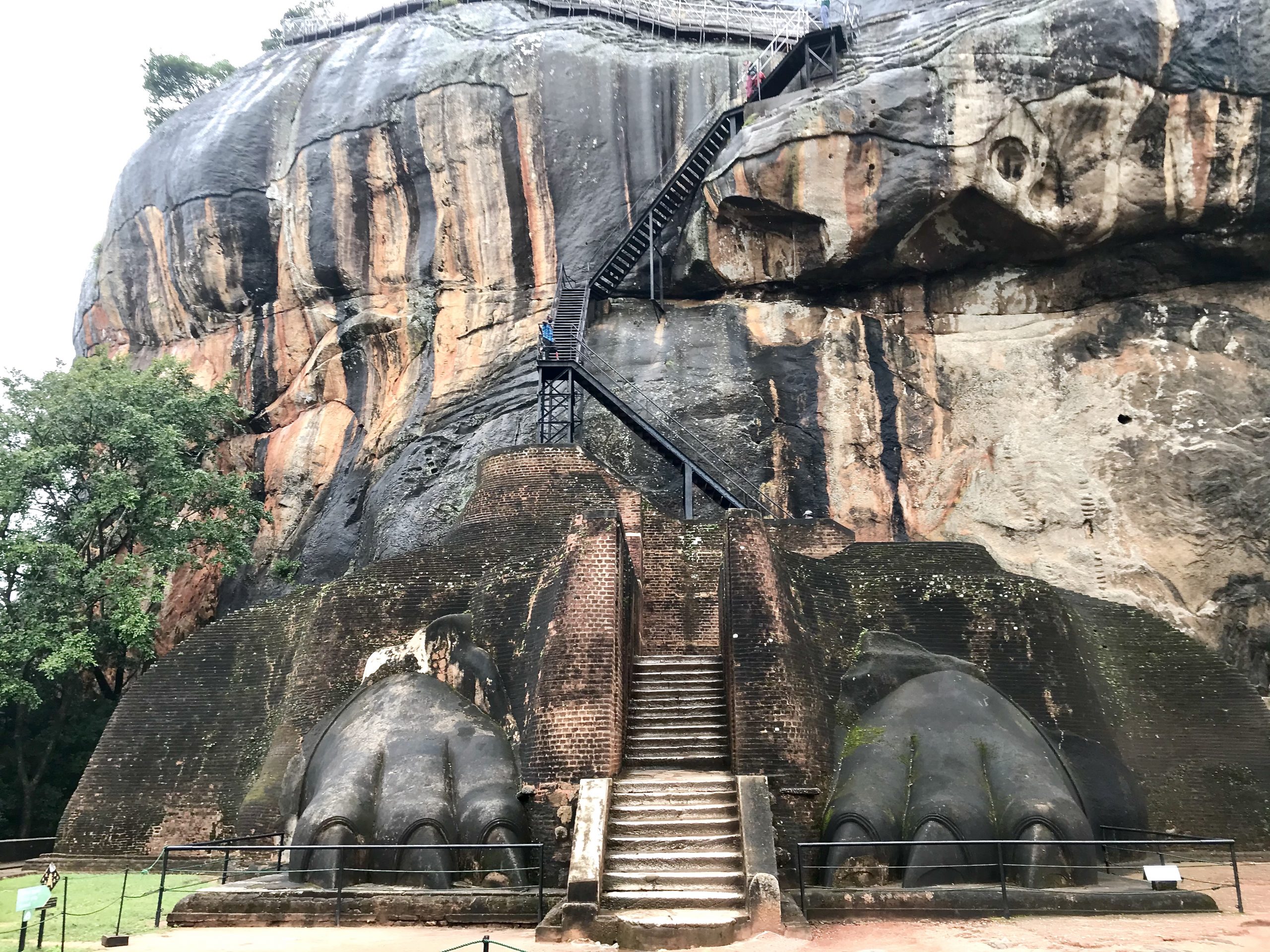
MOVING ON
We carried on and drove north towards the Kala Weva. Built by Kashayap’s father, in 460 CE, the Kala Weva carries water to the Tissa Weva in Anuradhapura. Slightly higher in elevation, it descends exactly six inches every mile, until it reaches its destination – a testament to the skill of its engineers back in its day. A lonely fisherman was rowing his boat across the colossal reservoir. The river remains as the lifeblood of the region, feeding many village tanks and irrigating hundreds of square miles of paddy. Ten minutes further northeast is the Aukana Buddha. The forty feet high stone statue with its downcast eyes looking towards the rising sun seems to stand on its own. Constructed between 800-850 CE, at the height of the Mahayana influence in Sri Lanka, this Amarāvatī style Buddha is a triumph of skill and execution.

By dusk, we reached the hotel, Uga Ulagalla at Tirappane. Nestled amongst two reservoirs, paddy fields and lily ponds, the 150-year-old village chieftains’ mansion, converted into 25 Large villas, each with its own private pool, is spread across 58 acres – undoubtedly a treat for the luxury traveller. The beef carpaccio simply melted in my mouth making for an excellent dining experience.
SITUATED ON THE BANKS OF THE MALWATU OYA, ANURADHAPURA WAS THE CAPITAL AND MONASTIC CENTRE OF SRI LANKA FROM THE 4TH CENTURY BC TO THE 10TH CENTURY CE, ONLY TO FALL TO THE CHOLA KING RAJARAJA IN 1017.
ANURADHAPURA – THE SEAT OF BUDDHISM
The following morning after our three-course breakfast, consisting of gotu kola juice, yoghurt and granola followed by Uga roast beef with poached eggs on toast, we were ready to hit the road. In thirty minutes, we were at the gates of the ancient city. Situated on the banks of the Malwatu Oya, Anuradhapura was the capital and monastic centre of Sri Lanka from the 4th century BC to the 10th century CE, only to fall to the Chola King RajaRaja in 1017. One of the oldest continuously inhabited cities in the world, its most sacred site, the Maha Vihara complex is a source of sanctuary for Buddhists from all over the world.
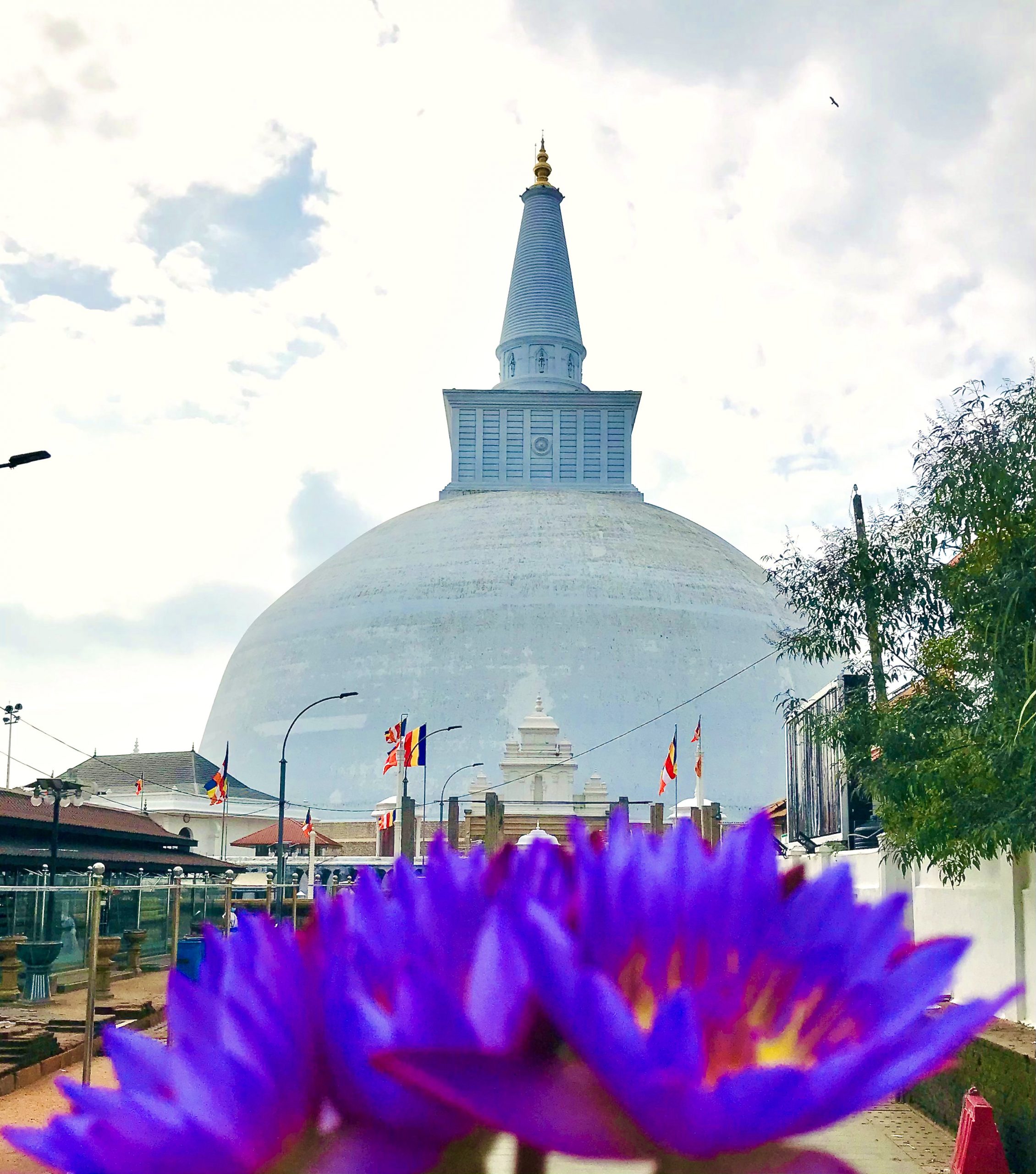
Buddhism first arrived in Sri Lanka during the reign of King Devanampiyatissa (250-210 BC) by the Mauryan Emperor Asoka’s son, the Apostle Mahinda. Deeply moved by the new faith, the king made it the state religion and erected the Maha Vihara, ‘the great monastery,’ in the midst of the royal pleasure gardens. Subsequently, the Apostle’s sister brought a sapling from the sacred Ficus tree under which the Buddha had attained enlightenment, and it was planted at the Sri Maha Bodhiya. This is the oldest sacred tree in the world and has become a living symbol of Buddhism on the island. Guarded by a golden railing, the trunk has been terraced up behind walls of protective stone. Only its branches can be seen arching over the courtyard and rustling in the wind. The king went on to build the first stupa, the Thuparama, where he enshrined the collar bone of the Buddha. Also at the site is the most important stupa, the Ruvanvelisaya. Built by King Dutugemunu (161 BC to 137 BC) after his famous victory over the Chola King, Elara, standing at 338 feet with a circumference of 950 ft, it is one of the ancient world’s largest structures and contains many important relics within its dome. As an active sacred site, much of the heritage buildings at the complex have been restored for the convenience of its worshipers, but in the process, has lost a share of its ancient charm. Nonetheless, the colourful Buddhist flags fluttered against the bleached white stupas. Crowds of pilgrims dressed in white offered freshly cut lotus flowers at the seat of the statue and solemnly bowed before it. There were no tourists – only the locals were seated together on the floor, deep in their prayers, chanting mantras in devout contemplation. To witness the sanctity of the sacred site in the eyes of its people and understand its significance in their lives, was a humbling experience.
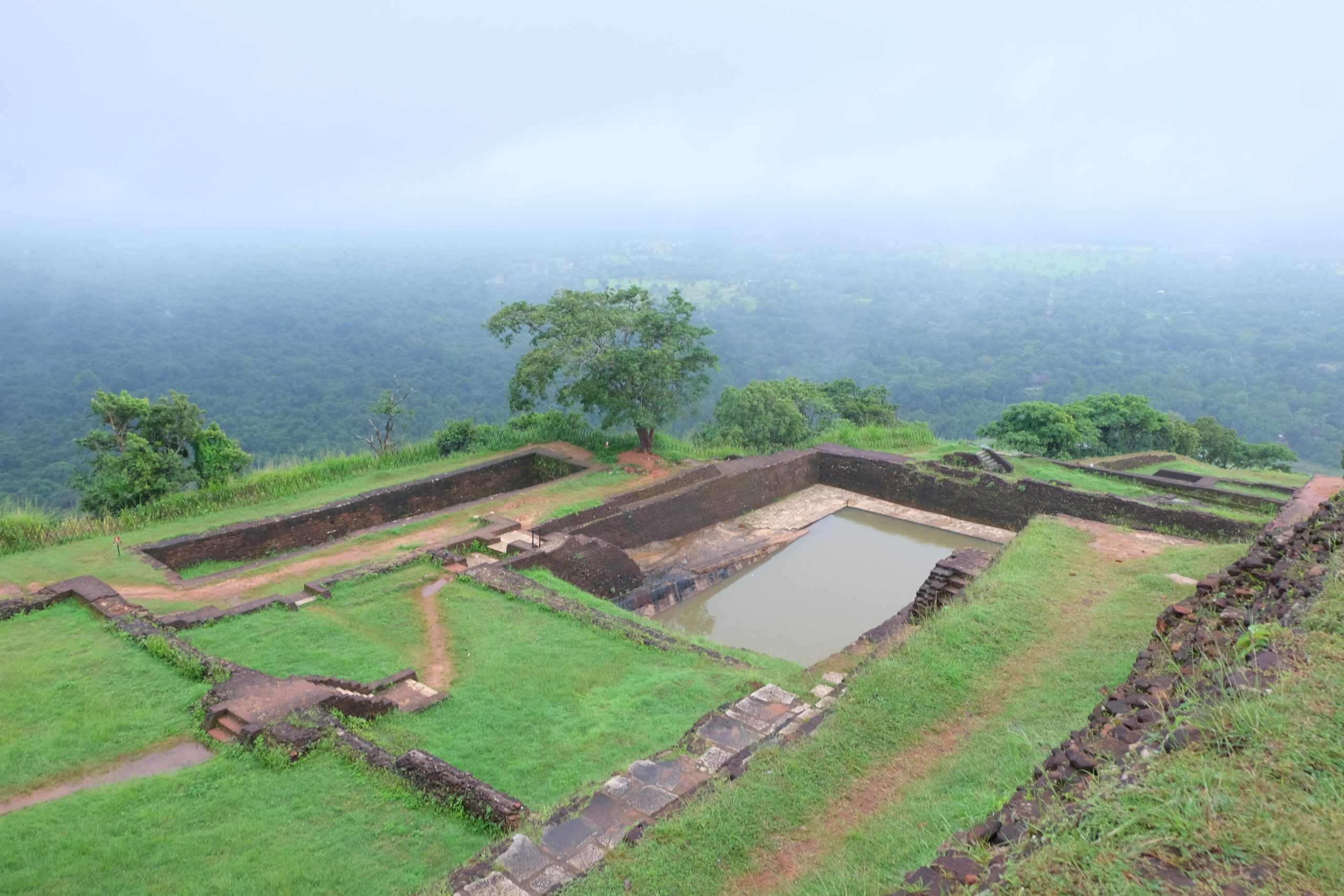
The subsequent Kings of Lanka saw it as their duty to build for the glory of the faith, hence the archaeological site spanning many hectares hosts a series of monumental stupas. The 2nd-century Mahayana Buddhist complex Abhayagiri, sprawled over 500 acres, was once inhabited by over 5000 monks. Adjacent to it is the Dana Salawa refractory with its long stone trough, called the rice boat. A century later, Abhayagiri was eclipsed by the Theravada Buddhist complex, the Jetavanarama. At its time, it was the third-tallest structure in the world, ranking behind only the two Pyramids of Giza. The four cardinal points are adorned by four frontispieces with relief carvings of divinities and the tree of life, and are one of the earliest examples of Sinhala sculptures. The Lankarama, Mirisawetiya, Dalada Maligawa and Mahapali Alms Hall, all hold both historical and religious significance and were worth the visit.
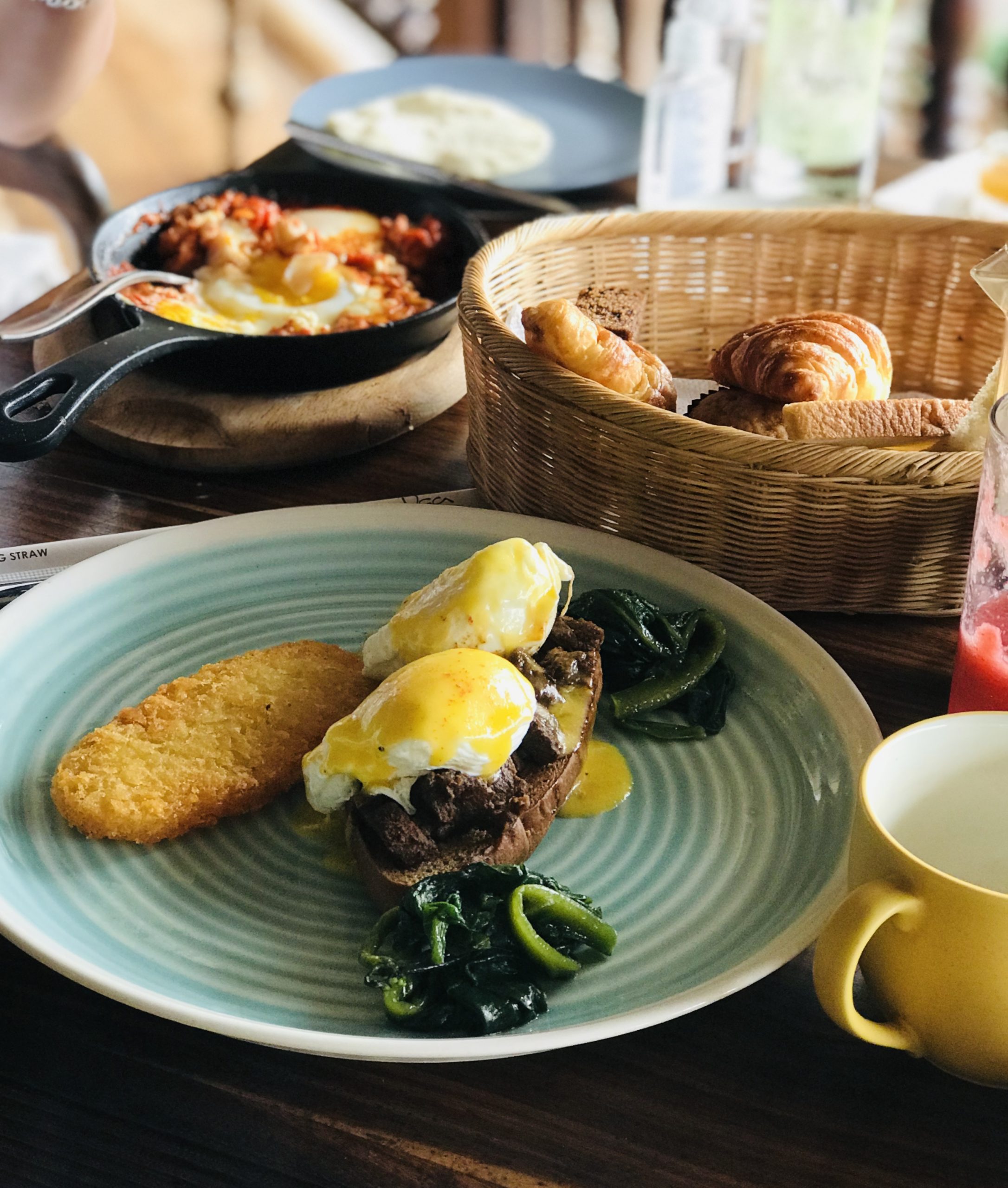
THE ARTISTIC HERITAGE
The city has a multitude of amazing artistic monuments. The Ratnaprasada guard stone with its intricately decorated flights of steps, flanked by ornate scroll-like balustrades is impressive, to say the least. Influenced by the Gupta and Pallava artistic traditions, it depicts the Cobra King holding a vase of abundance and a flowering branch. Unique to Sri Lanka is the moonstone at the foot of the doorway. This semi-circular stone slab with a lotus flower at its centre, followed by bands of motifs of vegetation, animals, birds, and flame, symbolises one’s journey through reincarnation. The Moonstone at Mahasena’s Palace ranks amongst the finest creations of Sinhala art.
One of the earliest influences in stone carvings is the Amarāvatī style, 3rd-century CE, Samadhi Buddha, which still invokes a solemn vibe. Like at all sacred Buddhist spaces in Sri Lanka, we were required to remove our headgear and footwear, and were instructed to not take photographs with our rear turned to the statue.
Other impressive carvings on stone include the 6th-century Isurumuniya Lovers, at the Isurumuniya Monastery. Carved in the tradition of the Gupta style, it depicts King Dutugamunu’s son who forsook his throne for the love of a low-caste maiden. Also at the monastery is the 7th-century Pallava tradition carving of the ‘man and the horse head’ figure. A few metres away is the Ranmasu Uyana, which was once a pleasure park for royalty with ornamental bathing pools, but is now the preferred picnic spot for locals to take their lunch. The pools have mostly dried up but the elephant carvings on the stone are still impressive. A few feet away on the underside of a boulder is a circular map with intriguing markings. Facing the setting sun, it is believed to be an ancient cosmic stargate. Further away is a tourist hot spot, the Kuttam Pokuna – twin ponds laid out with geometrical precision forming two interlocking rectangles. A few metres away, the Bodhigara, one of the oldest stone carvings depicting three bands of railings with its design, date back to the 1st-century BC stupa at Sanchi. On the west side is the ‘Tapovan,’ the home of the monks who dwelt in the forest. These monks were renowned for their austere way of life. Their buildings are plain except for the magnificently carved urinal stone. Perhaps it reflects the hermit’s harsh contempt for the riches of the world. We also took time to visit the Ath Pokuna, the Royal Palace of King Vijayabahu I, and the Brazen Place.

As the sun was setting with its golden glow, we headed out to the Tissa Weva. Watching families bathe, cormorants skimming over the shining waters, with the view of four ancient stupas shimmering across the horizon, it seemed that little has changed from the years long gone. Gigantic dagobas amidst a sea of silver lakes are the story of all the great capital cities of the ancient Raja Rata in Lanka. They symbolise the interlinked and interdependent civilisation that even in today’s materialistic modernity seem to have stood the test of time.
